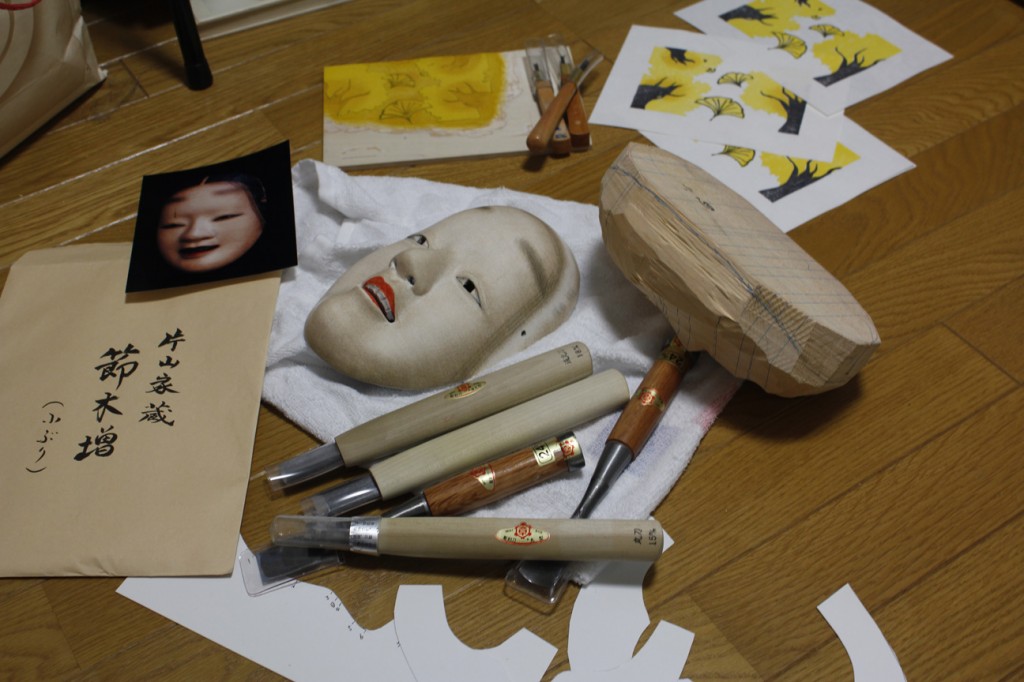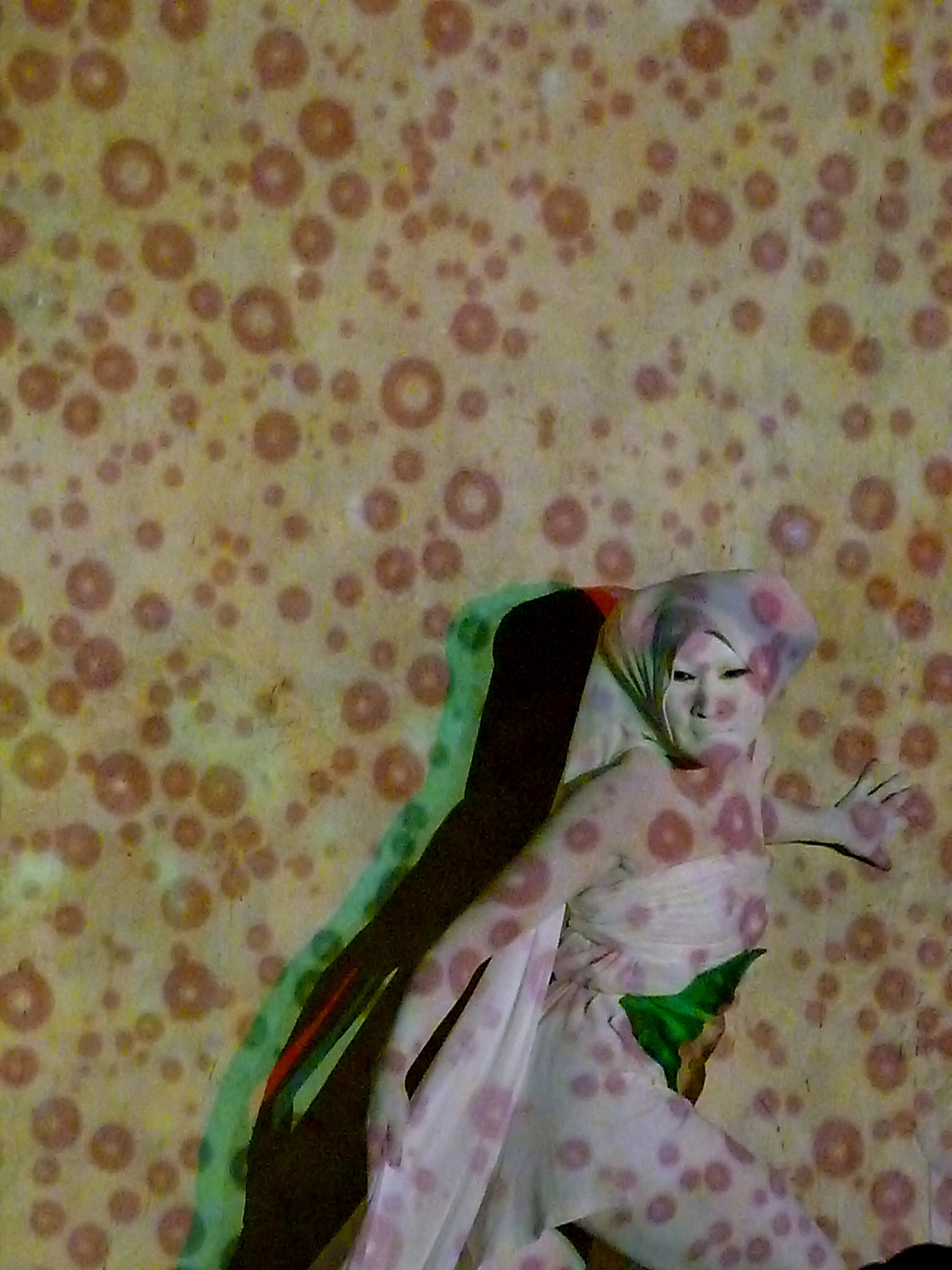I first became acquainted with tea ceremony through my studies of Zen Buddhism, years ago, but didn’t have a chance to become part of this world before starting studying in the US. As such, while I was able to gain insight into the world of tea through my readings, I was not able to practice it until much later, which translated into what I believe to be an understanding of chanoyu that didn’t align much with its ideology. Studying abroad in Japan was as much about improving my Japanese level and gaining a better understanding of the Japanese society, as it was about better integrating chanoyu into my life.
I contacted the Urasenke office as soon as I arrived in Kyoto, hoping to be able to start my lessons immediately. Although I had a very long list of requests regarding how my lessons should be, I knew that the office would be able to find a teacher and a location that would fulfill all my expectations, so I tried to be as specific as possible when I contacted them. To my surprise, they were able to find not one, but several teachers that fit my requests. Or so I thought, until I arrived at the chashitsu where my first tea ceremony in Kyoto was to take place. Despite the fact that I was assured that the lessons were going to be one on one, in the 4 hours I spent that day in that tea ceremony room, I was to meet no less than six other tea ceremony practitioners.
That was the first instance here in Kyoto that forced me to realize that regardless of my linguistic abilities, communication barriers might arise. It turned out that, given that despite having to work with multiple students at the same time a teacher can give her undivided attention to a student at a time, in a one to one lesson as many students as permitted by the spatial constraints might take part.
My first reaction was to try to find a teacher who could offer the type of lessons I had envisioned: with no other students coming in during my practice. It didn’t take me long to realize that such a lesson format would not only be very difficult to come across, but also not advisable. My initial reticence regarding studying with other tea ceremony practitioners stemmed from my fear that I would feel and be felt as an outsider from the very beginning: if my appearance wouldn’t, my command of the Japanese language and my understanding of the Japanese culture would definitely betray the fact that I was far from being Japanese.
I feel that I wasn’t able to become an insider but after I accepted the fact that it was only natural for me to be seen, at least to a certain extent, as an outsider. Often, while I was drinking the tea prepared by the other practitioners or after the lesson, the other people in the room would try to include me in their conversations, either discussing tea ceremony, the Japanese culture, or inquiring about my culture. Although this made me feel welcome, it definitely also accentuated the fact that I was the non-Japanese in the room. On the other hand though, I was as much a tea ceremony practitioner as everyone else, and therefore the only factor that determined whether I was an insider or not was my seriousness towards tea ceremony. This was also reinforced by the fact that in tea ceremony, a highly ritualized traditional Japanese ceremony, a formal behavior is expected and therefore becoming part of the group is not equal to becoming friends.
I decided I was going to be as much of an insider as everybody else, and by the end of the first month I started feeling as such. Being part of this CIP definitely helped me gain a better understanding of tea ceremony, but maybe more importantly, it gave me the confidence to effectively interact in a fairly unfamiliar environment. What makes me feel I have become part of the group is that my sensei invited me to hold a formal tea ceremony in her chashitsu during this summer.
Unlike tea ceremony, my Taiko CIP experience taught me less about itself and more about myself. I still can’t concretely figure out when and why I decided to join the group, but I assume part of the reason was because I vividly recalled the type of feelings the Taiko performances I saw years ago in the US arose in me. I wanted to have this experience so much that I didn’t even think about whether I was suited for it or not. And as such, the first practice I participated in didn’t run as smoothly as I was hoping it would, mostly because I couldn’t understand what was happening around me: I was unfamiliar with the non-Western notation used on the musical sheets, I didn’t know how I was supposed to use the bachi, and because of the loud environment, I couldn’t hear anything our group leader was saying. I felt as if there was no point in even trying to follow the other members of the group, so I ended up sitting aside.
As soon as I had the chance to observe the other members of the group perform their songs though, the same type of feelings that made me join the group returned. This translated into a very frustrating situation, that made me wonder if there was any point in me being there to begin with. As interesting and as exciting as it seemed from the distance, I was starting to feel taiko as a burden.
By the time we had our performance though, I feel I was able to become part of the group sufficiently not to feel any pressure anymore. Especially after practices, as some of the taiko group members drove me home, I had the chance to discuss with them about my concerns and therefore to better understand the reasons behind them. Maybe those were the only instances in which I became closer to some of the people in the group, but I think that was just because of the nature of the CIP itself, and not because me or the other members of the group were not making an effort. What surprised me the most was the extent to which everybody went in order to make sure I can still have dinner with them, despite being vegetarian.


